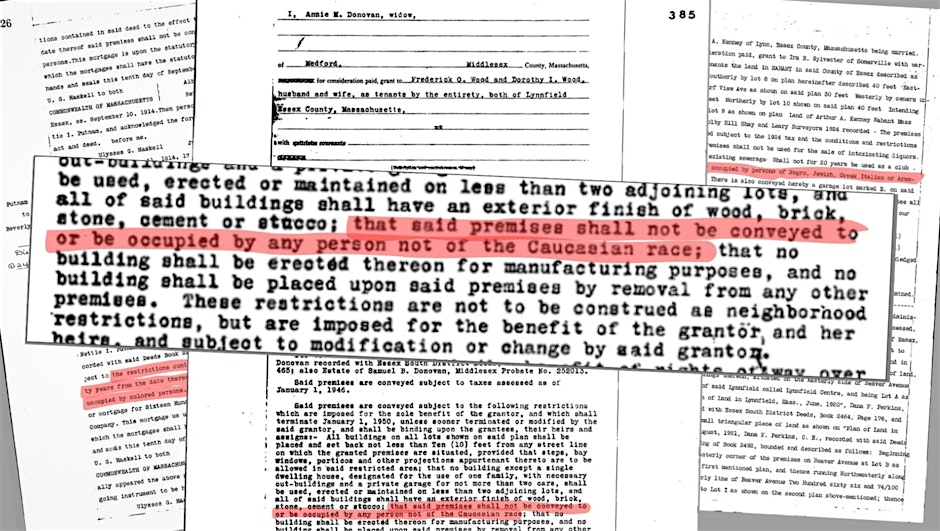Location
Online
Date
Thursday, Dec 10, 2020
Time
12:00 PM EST
Cost
Free
This cross-promoted event is hosted at another institution.
The LMEC's former curator Ronald Grim speaks to the Warburg Institute on the provenance of atlases
In this lecture, I will address atlases and the stories they tell. Rather than discuss how the atlas was designed and what was the intended message, I focus on the story of the work after it was published, by examining books plates, signatures, annotations and additions, with a particular interest in determining provenance — who owned the atlas, how it was used, and how it was acquired by the Boston Public Library. Eight examples from the Library’s collections include the 1525 Strasbourg edition of Claudius Ptolemy’s Geographia, owned by Thomas Bradford, a Boston atlas publisher in the 1830s; a volume combining John Speed’s world and Great Britain atlases, owned by a “drunken fellow”; a portfolio of maps purchased by Benjamin Franklin in 1776 and given to the Library one hundred years later; and Alexander Kinkaid’s world atlas published in Edinburg in 1798 which was owned by a prominent Boston family involved in the maritime industry. This exercise reveals several interesting stories of personal provenance, but it also provides a case study of how major American cartographic collections (i.e., Library of Congress, New York Public Library, Boston Public Library, etc.) acquired and built strong map and atlas collections during the late 19th and early 20th centuries.


